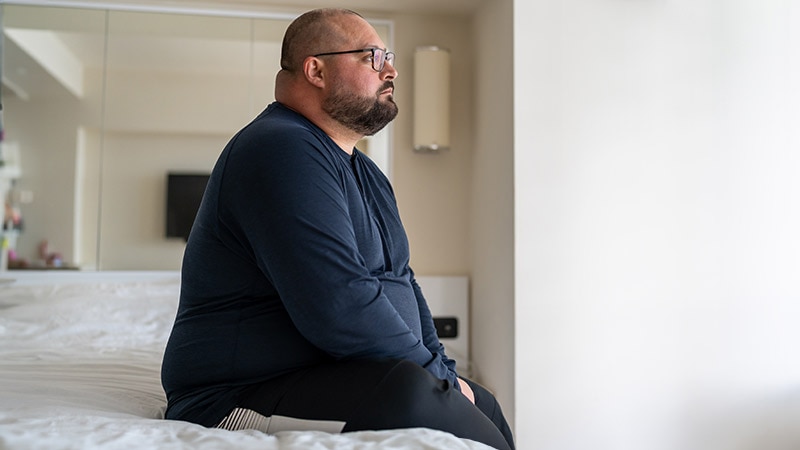Takeaway
- Absence of 4 type 1 diabetes-associated autoantibodies (GAD antibody, insulinoma antigen-2A, zinc transporter 8A, and IAA), and HbA1c <7.5% should trigger testing for maturity-onset diabetes of the young (MODY) genes GCK, HNF1A, and HNF4A.
Why this matters
- A correct MODY diagnosis can allow youth to avoid insulin.
Study design
- Swedish patients (n=3933) ages 1-18 years with diagnosed diabetes mellitus (DM) were tested for the 4 autoantibodies, and MODY was identified through sequencing of the 3 genes.
- Funding:Swedish Child Diabetes Foundation; NIH; National Institute for Health Research (UK); Wellcome Trust.
Key results
- Most (88%, n=3471) had ≥1 autoantibody, none of whom had MODY.
- Factors predicting MODY at diagnosis:
- Negativity for all 4 autoantibodies (100% vs 11% not-known MODY, P=2×10-44);
- Lower HbA1c, 7.0% vs 10.7% (P=1×10-20);
- Lower random plasma glucose (mean 11.7 vs 26.7 mmol/L; P=3×10-19);
- Parental diabetes (63% vs 12%; P=1×10-15); and
- No diabetic ketoacidosis (0/46 vs 601/3887; P=.001).
- Of 303 autoantibody-negative patients genetically tested, 15% had MODY.
- Testing only the 73 autoantibody-negative patients with HbA1c <7.5% identified 49% with MODY.
- At an average 5.9 years after initial diabetes diagnosis, the 46 with MODY had mean HbA1c 6.4%, and 91% were not using insulin.
Limitations
- Only 3 MODY subtypes tested.
- All-Swedish population.
References
References


